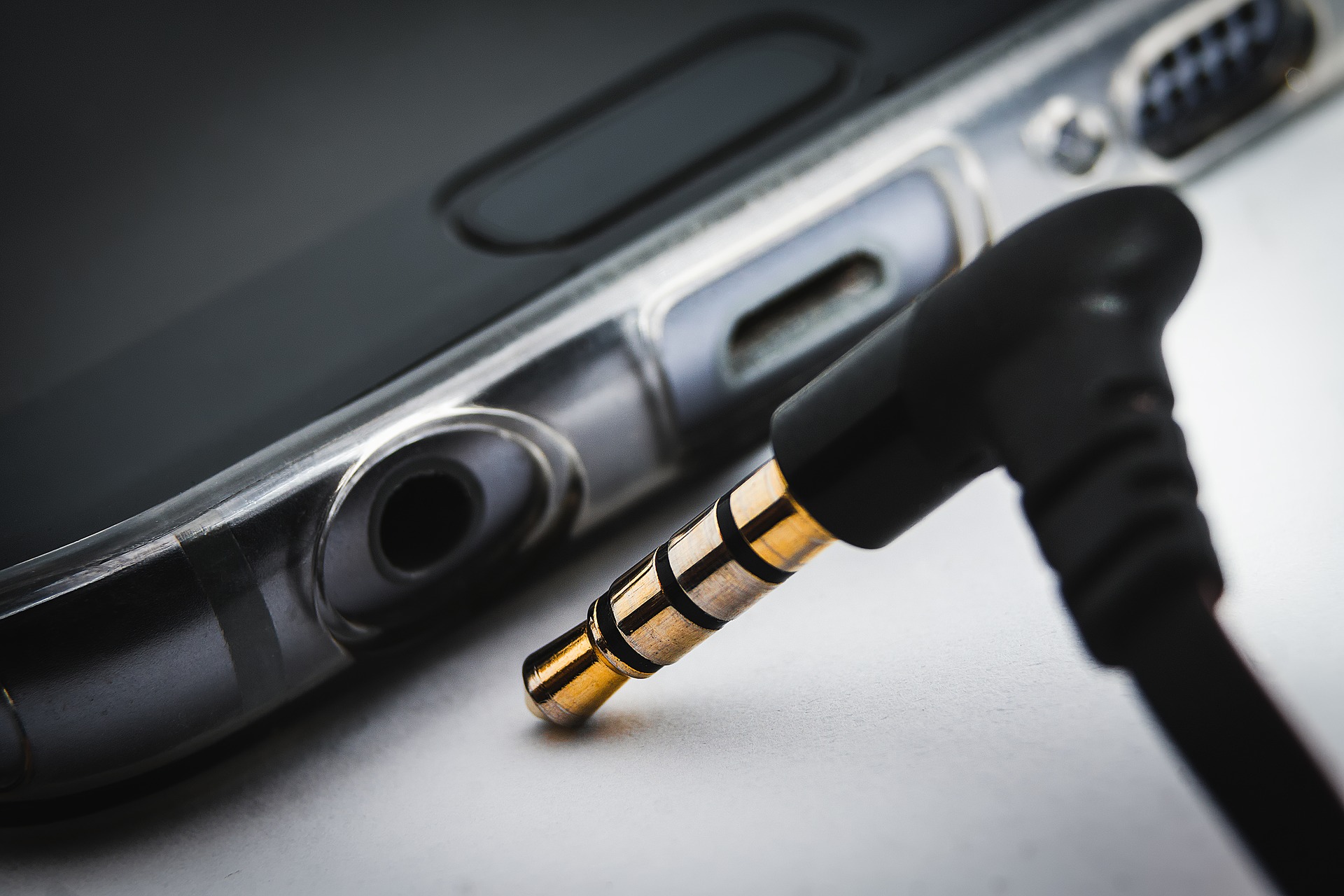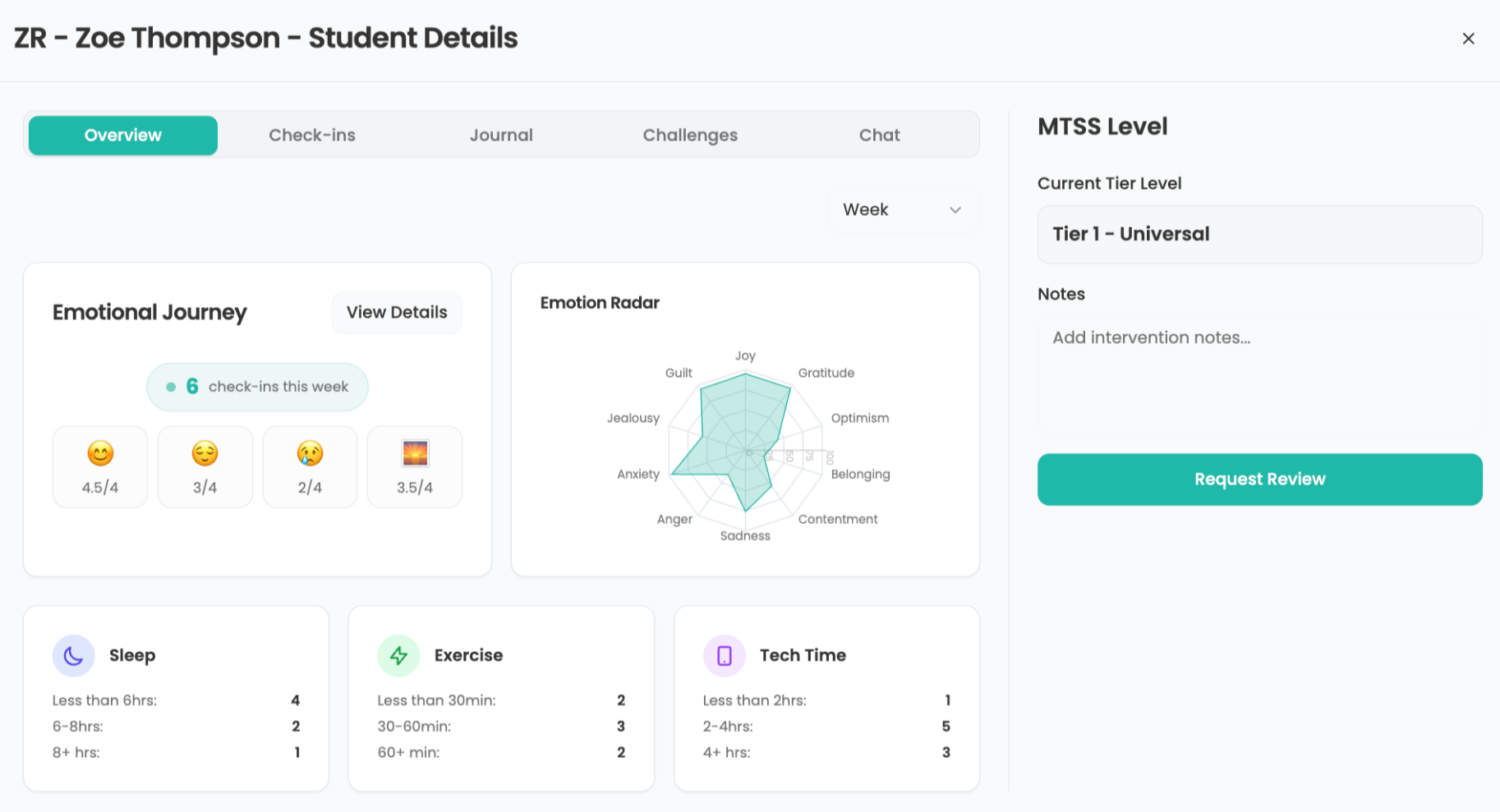How to Reconnect with Students Who Have Logged Out
Strategies for keeping students from disappearing from online classes and remote learning

Educators teaching online classes across the country have noticed a disturbing trend: Many students have stopped logging into their online classes altogether.
In Hillsborough County, Florida, more than 7,000 students were missing at the beginning of the school year, and in Los Angeles, kindergarten enrollment dropped by 6,000, according to USA Today. Desperate to locate these missing learners, some teachers have started making house calls hoping to find them.
Keeping students from disengaging with their education has long been a focus of Robert Balfanz, PhD, a research professor and scientist at the Center for the Social Organization of Schools at Johns Hopkins University School of Education, where he is the director of the Everyone Graduates Center. He also co-founded Diplomas Now, an evidence-based model designed to transform high needs middle and high schools.
Balfanz shared thoughts on why students are disconnecting and what educators can do to bring them back.
Why Are Students Logging Out?
This is occurring for reasons ranging from poor connectivity -- even with school-provided devices and internet access -- to older students working jobs and students who moved over the summer and have no idea what school they are supposed to log into. “If it’s a physical world, you show up at a school building. If it’s a virtual world, how do you find a new virtual school?” Balfanz says.
The way online learning was implemented as a stopgap measure last spring also signaled to many students that online school wasn’t something to take seriously, he says.
Students who entered middle school or high school this fall may be particularly vulnerable. “We know from research that the sixth and ninth grade are very critical times when you're sort of deciding, ‘Is schooling for me, is it worth investing in?’” Balfanz says. Now, because of the pandemic, many students are going to new schools and haven’t met their teachers or classmates in real life.
Tools and ideas to transform education. Sign up below.
How Can Educators Reconnect?
“There is no shortcut to actually establishing a direct human connection with these students,” Balfanz says. “Somebody's got to make the human connection to say, ‘How are you doing? What's going on? What's your situation? We really want you to be in school, we're gonna try to troubleshoot for you. Can you at least come three days a week?’”
Even just finding those students to make that connection can be difficult. Balfanz says some districts have been able to successfully partner with community organizations to track down students.
However, Balfanz emphasizes that this is not an easy situation for already overtaxed educators. “It would be sugarcoating it to say, ‘Oh, yeah, just add the human touch to what you're doing.’ Because that's time and energy for teachers, and the heart may be there, but just the pure energy to do it may not, given everything else the teachers are doing, and also working with their own families who are often doing remote schooling.”
What Keeps Students Engaged in General?
A growing body of research on school connectedness that predates the pandemic shows kids are connected when four things are true, Balfanz says.
- They know that there is an adult or adults at the school who cares about them as a person.
- They have a supportive peer group. “It could be a shared interest, it could be a club, it could be theater, it could be sports, it could just be you just hang out and play video games together,” Balfanz says.
- They engage in prosocial activities (activities that are meaningful to them or help others). While adolescents are often thought of as “me”-oriented, Balfanz says they are more motivated by helping others than themselves. “We often say, ‘You have to do this for your future,’ which has its place, but it's clear that kids are actually more motivated, if we say, ‘Let's work together on this project. You'll learn stuff, and we'll also do good.’”
- They find school to be a welcoming place that accepts them for who they are.
“The truth is there's not a lot of kids who check all those boxes,” Balfanz says. “But most kids check at least some. If you don't check any, that's usually your disconnected kid.”
How Can You Foster This Connectedness in a Pandemic
“Some folks have been very inventive about finding ways to do student club activities online,” Balfanz says. For instance, some schools have done radio dramas together remotely, while others have encouraged students to participate in esports instead of physical sports.
While there are also examples of educators who have had virtual office hours, another effective strategy some schools have employed is peer tutoring in which older students help younger ones. “It gives you that prosocial purpose,” Balfanz says.
What to Do To Reestablish Connection When In-Person Classes Resume
As the pandemic eventually ends and schools resume in-person classes, Balfanz says educators should acknowledge the difficulties of the Covid era. “Teachers are going to have to spend a little time--we’re not talking months or weeks, but a couple of days--just reconnecting as people to tell your stories and create a common narrative that we're all in this together,” Balfanz says. “We all experienced Covid in different ways, but we all experienced it. We can work together to reconnect those bonds at an interpersonal level, before diving in and saying, ‘Well, what didn't you learn, let's establish your learning loss, and figure out a plan to recover it.’ That's all important but first [priority] is reestablishing those connections and creating a group sense.”
Erik Ofgang is a Tech & Learning contributor. A journalist, author and educator, his work has appeared in The New York Times, the Washington Post, the Smithsonian, The Atlantic, and Associated Press. He currently teaches at Western Connecticut State University’s MFA program. While a staff writer at Connecticut Magazine he won a Society of Professional Journalism Award for his education reporting. He is interested in how humans learn and how technology can make that more effective.

